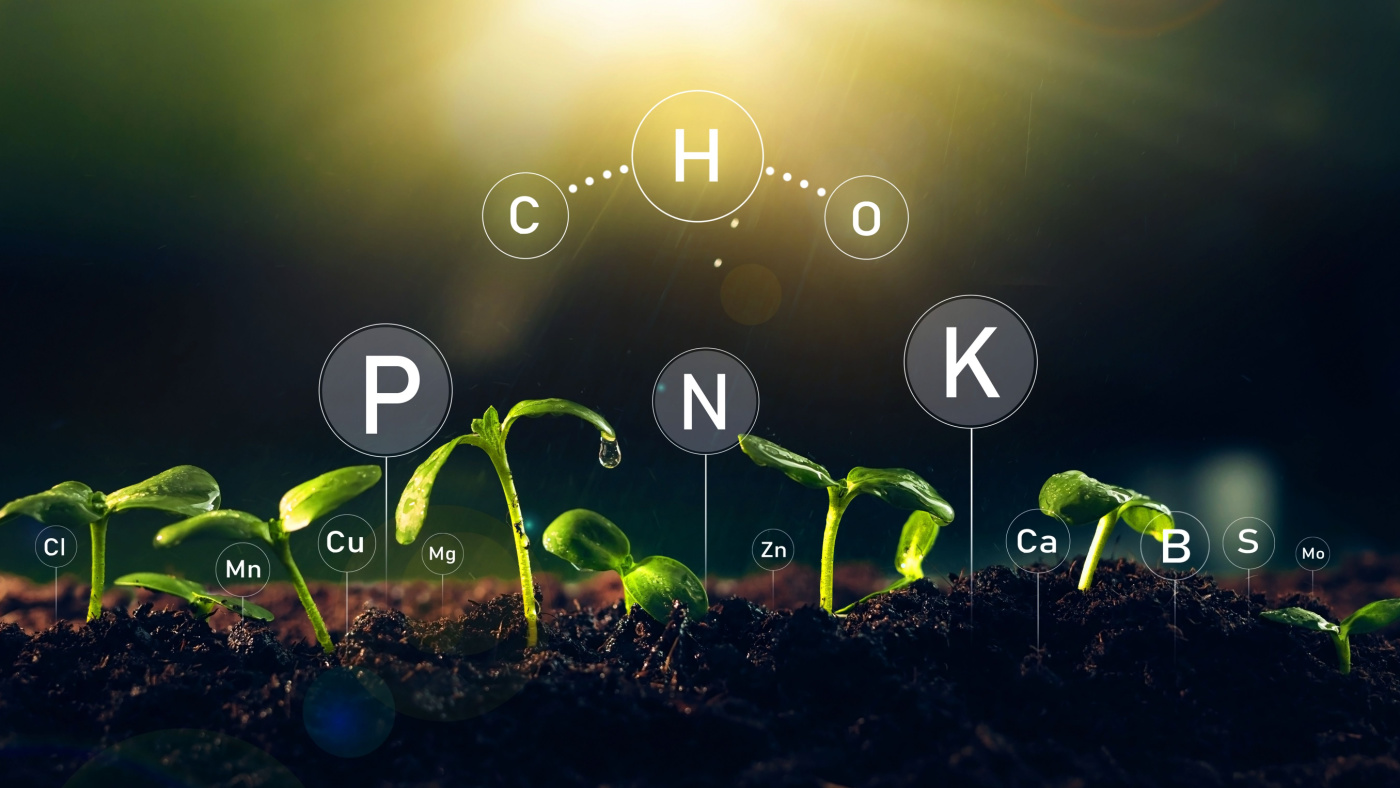Managing nitrogen and potassium together should be a key part of a crop nutrition program for growers. Tryston Beyrer, crop nutrition lead for The Mosaic Company, says managing them together increases the efficiency of both nutrients.
“We look at growers oftentimes focusing on nitrogen because it’s one of the most limiting nutrients oftentimes for crops such as corn. They may not realize the importance of other nutrients like that of potassium. Some recent research out of some other universities has shown that your nitrogen efficiency could be very poor if you don’t have sufficient other nutrients such as P and K. And some of the recent research that we’ve conducted has also supported that additional levels of potassium can increase the availability of nutrients such as nitrogen to the crop.”
We hear a lot about the role of nitrogen in corn production. Potassium also plays an important role in crop nutrition.
“One of the things that it’s most known for is helping with reduction of disease and stress management. If people end up with lodging out in their fields, it could be an indication that they’re short on potassium or it’s not as available. Another thing that potassium is known for is helping activate over 80 different enzymes for plant growth regulations. Another common area that it’s important for is osmotic regulation or water movement within the crop. So, if we get into dry environments, like many areas where this last year, having sufficient levels of potassium can help the plants breathe more efficiently. With potassium being in cation positive charge, the majority of nitrogen is taken up as nitrate, which is an anion, negatively charged, and the two complement each other to help pull each other up through the crop to make sure that there are adequate levels throughout the plant.”
Mosaic recently released new research regarding corn and its nitrogen and potassium uptake with Aspire. He talks about what Mosaic found.
“The research revolved around Aspire, and what Aspire is, it’s a potassium-based fertilizer that also has boron in it. There’s some sodium borate, which is a quickly-available boron source, as well as some calcium borate that’s more slow release. The inclusion of boron within that of potash can help increase the efficiency of some of the nutrients within the crop. Third-party research had conducted a number of different trials, and what they had shown was that Aspire, in combination with nitrogen, increased nitrogen uptake by 10 percent over that of potassium fertilizer sources such as Mop alone, or potassium uptake was increased by 11 percent over that of Mop, so both nitrogen and potassium uptake increased in the crop. Along with that greater nutrient uptake, they saw greater plant biomass, so bigger plants. You have a bigger canopy that’s going to capture more photosynthesis and sunlight.”
Beyrer talks about where growers can get more information.
“Growers can go to their local retailers to discuss Aspire and other nutrients such as potassium and boron. Growers could go to crop nutrition.com. You can find a number of different online articles. You can find nitrogen and potassium uptake work as well as some of the yield benefits that you see with these different fertilizers.”


